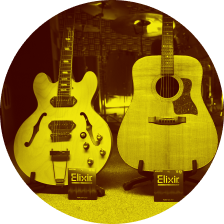PLAYER TIPS
BEGINNER TO ADVANCED
ALL TECHNIQUES
Vernon Prout shows three different methods of playing trills to augment your grooves
Top session bassist and endorsing artist Dave Marks believes a knowledge of FX makes a musician more versatile and therefore, more employable.
Hadrien Feraud shows us his warm up exercise. It starts out slow, but ends crazy fast.




